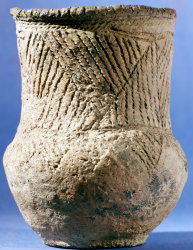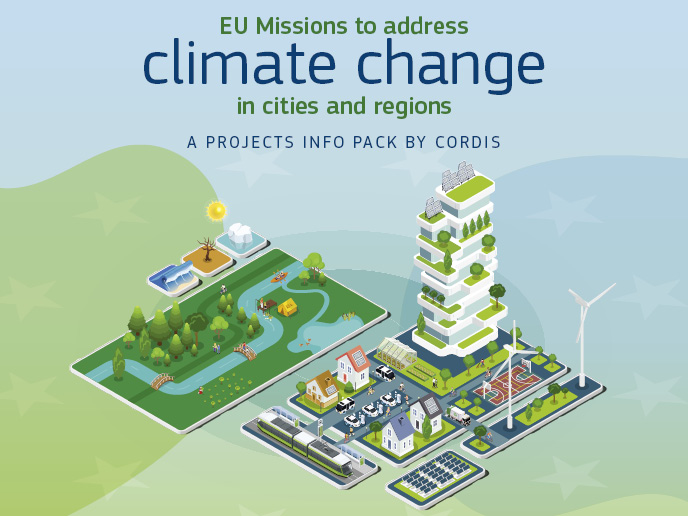New understanding of prehistoric practices
Evidence of the archaeological heritage of Bell Beaker and Later Bronze Age pottery (2600–1000 BC) is mostly scattered. Furthermore, information about it as a research topic is quite outdated. This calls for a need to update the theoretical and methodological approaches and to challenge assumptions that may be taken for granted. The EU-funded PAST FRAGMENTS project set out to do exactly that using Iberia, Spain as a case study. The work was done via a strategy employing different sites such as pit burials and barrows as well as both a macro- and micro-scale focus. Hands-on training through research on Neolithic pottery assemblage was achieved and implemented successfully in Spanish museums. As a result, important information was provided on re-fitting and taphonomic operations. Additionally, data was provided to allow for some preliminary hypotheses for which further archaeometric testing is needed. The evidence gathered exhibits a clearer picture of the practices involved in hand-made pottery vessels as well as how they became fragmented and dispersed across the landscape. In essence, this helps create an understanding of how prehistoric materials in Iberia were formed. In turn, reassessing the meaning of cultural practices through these items can also be possible. Dissemination activities have taken place successfully and numerous publications have resulted from the project's activities.







